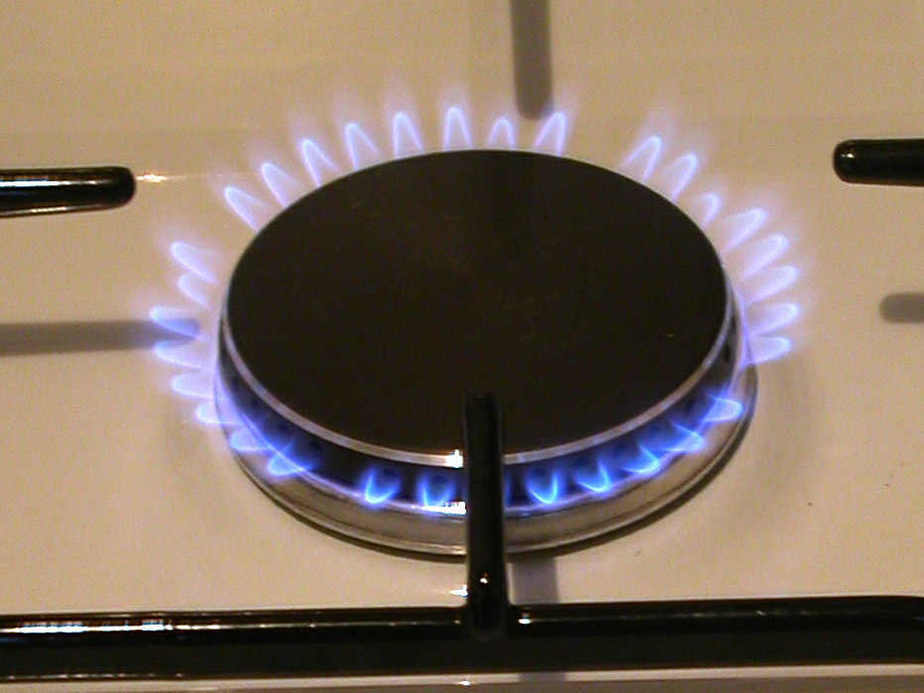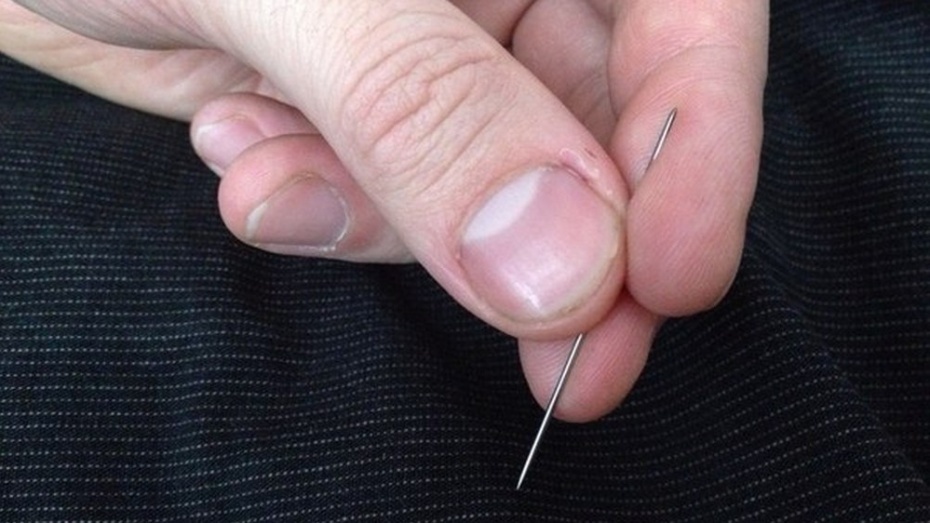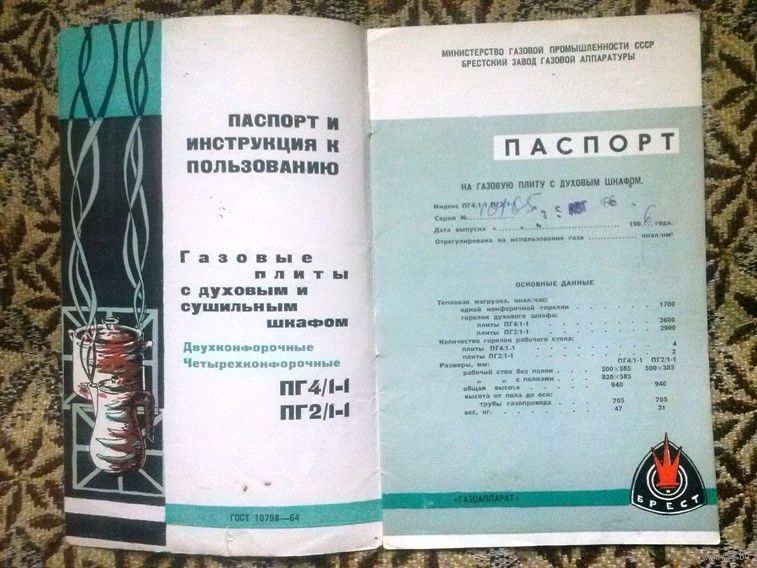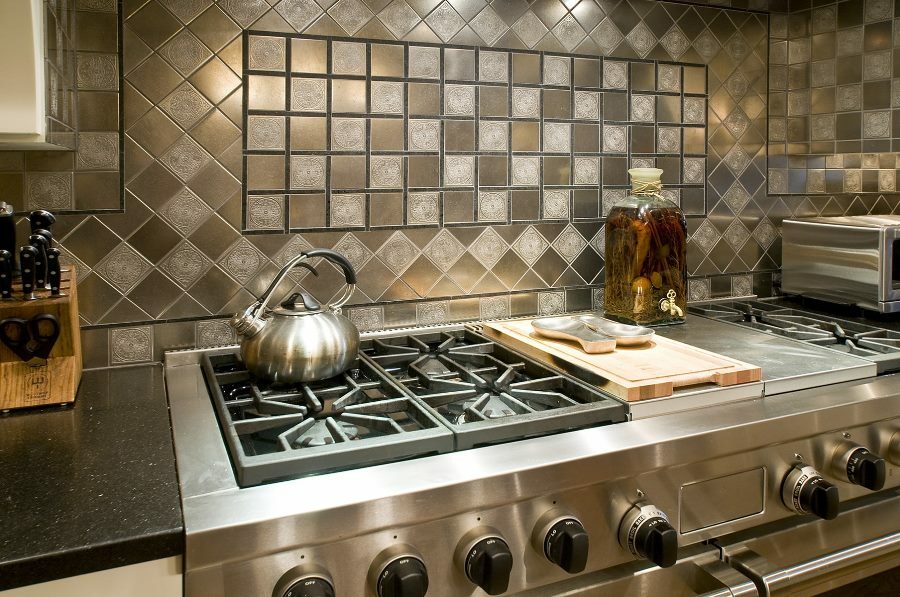Agree that many gas stoves make characteristic noises during operation. But, when the sound becomes too loud and unpleasant, this indicates some kind of equipment malfunction, and it is better to contact the gas workers.
It is simply dangerous to look for the very reasons why the gas burner makes noise. After all, any malfunctions in the operation of gas devices can lead to serious accidents, and sometimes to catastrophic consequences with destruction. What to do if you find that the cookers sound threatening when you turn on the nozzles?
We will tell you what to do if you find a lot of noise, which is rightly causing concern. We will show you who you need to contact to fix the problem. In the article we have proposed, the options for its occurrence are analyzed.
The content of the article:
-
Prerequisites for the appearance of hob noise
- Oxygen-gas imbalance
- Gas equipment malfunctions
- Low-quality gas supply
- Design features of gas devices
- Conclusions and useful video on the topic
Prerequisites for the appearance of hob noise
Self-diagnosis of gas devices (especially without proper experience) can lead to an emergency. Any gas equipment belongs to high-risk devices, regardless of the service life and apparent reliability. Gas is a highly flammable natural resource.
If the burner suddenly began to make noise, although it had worked quietly before, it must be turned off, and then contact the housing and communal services organization. If the sound has become too strong, and the room smelled of gas, you need to call the emergency gas service at 104 or 112 (a single phone for the rescue service).

The main gas supplied to the apartments is methane with a small proportion of impurities that remain after natural gas filtration
But usually the noise from gas burners and stoves is not associated with an emergency situation, and the problems that caused it are eliminated as usual.
The most common causes of burner noise are:
- violation of the oxygen-gas balance;
- various malfunctions of gas equipment;
- supply of low-quality gas to the system.
Also, due to design features, absolutely new gas equipment sometimes makes noise. This is due to innovative technologies used by some board manufacturers. In such devices, loud noise during operation is not considered a defect.
Oxygen-gas imbalance
Simplified, the work of any (i.e. new and old) gas stove can be decomposed into several stages. First, by turning the knob, the shut-off valve is opened and the gas begins to move towards the burners. In the section between the shut-off valve and the cooking zones, it mixes with air.
Gas burners are located on the surface of the stove in different ways:
- single row;
- square;
- rhombus;
- semicircle, etc.
This will not change their principle of operation. The burner cover, due to the rough inner surface, reflects the mixture of gas and air entering the diffuser. Then the gas flows through the narrow channels of the nozzles and is divided into trickles.
After that, it is ignited, and the usual bluish flame appears on the burners. The reflector contributes to the uniform distribution of the flame through the diffuser channels. Any malfunctions along the way can cause the appearance of extraneous sounds.

If the burner on the gas stove has become too noisy, you also need to look at the flame to understand the nature of the malfunction.
Problems with excessive noise from gas burners can be associated with too high gas pressure. Due to changes in pressure in the pipes, noise of varying degrees of intensity can occur. Gas pressure often rises in new areas with intensive construction.
Also, the gas stove begins to emit strong and unpleasant sounds in the event of an imbalance in the supply of oxygen and gas. The indicated malfunction can be determined only during the professional diagnostics of the equipment. In new stoves, the problem can be solved by replacing the dividers.
These devices have jets with a large orifice, which is responsible for the gas supply. Because the hole is large, then the volume of passing gas is significant. It is possible to eliminate loud noise by choosing a nozzle hole of a suitable diameter. In old stoves, you can adjust the air damper yourself.

The air damper can be located near the burner of the gas stove, located slightly above the safety valve, or located along the gas supply pipe
When adjusting the damper, you need to focus not only on the sound characteristics, but also on the color of the flame. If the ratio of oxygen and gas is correct, the flame has a pleasant blue color and does not come off the burner when the tap is fully open.
If the flame breaks off, this indicates an excess of air (oxygen). If the fire has a red top, this indicates a lack of air.
Gas equipment malfunctions
Often, noise in gas burners appears due to malfunctions of the nozzles. It is pointless to repair old injectors; they should simply be replaced with new ones. Also, the plate begins to buzz if the jets are chamfered.
In addition to technical problems, there may be problems in the very condition of the gas stove. For example, if the burners are dirty and the nozzles are clogged with food, grease or cleaning agents, the stove can also make a lot of noise and hum. The problem can be solved by washing them thoroughly.
The burner cleaning procedure consists of several stages:
- First, a grate rises from the surface of the stove, which covers the burner.
- Then the cover (divider) is removed from the surface of the burner and the burner is taken out.
- To get the nozzle, you need to unscrew a couple of bolts (in some models, it gets free).
- All dirt under the burner must be carefully removed.
- After cleaning all parts, they are reassembled and installed in their original position.
The plate nozzles can be cleaned with a regular needle. If after that the sound does not disappear, you need to fix the burner. They may be slightly displaced by cleaning.

To clean the gas stove nozzles at home, you can take a regular hand sewing needle of any size or an awl.
In addition, extraneous sounds can arise from a problem with the flame diffuser. Its malfunction is also indicated by a change in the color of the flame. If the flame diffuser is clogged, it must be carefully removed and thoroughly rinsed, briefly soaking in clean running water.
The duration of the soak depends on the degree of soiling. Old toothbrushes and toothpicks can be used to remove large amounts of grease and dirt. After that, the part must be dried and reinstalled.
If the flame diffuser has been deformed during operation, it must be replaced. It is necessary to wash the burners, clean the nozzle holes and check the condition of the components every three months, regardless of the intensity of use. You also need to wipe the hob from grease and food debris daily.
The burner body is involved in the subsequent mixing and distribution of the gas-air mixture. The deformation of the burner body from constant heat loads leads to disturbances in the combustion of the flame belt and the appearance of an extraneous whistle.
In this case, the burner is useless to repair, it must be replaced. If the stove is new, but the burner is already deformed, you should contact the company from which the product was purchased to have everything replaced under warranty.

The warranty period for the maintenance of gas stoves is established by the manufacturer in accordance with the existing GOSTs and is indicated in the equipment passport
If we are talking about stoves with electric ignition, then small whistles when the gas is ignited may be associated with its malfunction. It is quite easy to check the state of ignition. To do this, you need to turn off the light in the kitchen at night and press the electric ignition button without turning the gas tap.
If a small noise occurs during ignition, and the spark itself is yellow or orange, then this indicates a serious malfunction of the entire electric ignition unit. It is not being repaired, but completely replaced.
Low-quality gas supply
Sometimes gas burners make noise due to the supply of low-quality gas to the system. This happens when the gas is diluted with air. As a result, the gas burns out when the burner is turned on, and the air remains in the pipes and becomes the cause of the hum.

In case of supplying low-quality gas, you should contact the gas service with a written claim that the actual composition of the gas mixture does not correspond to the declared one.
This is especially true for houses with bottled gas. The gas in cylinders is a mixture of propane and butane, but some unscrupulous manufacturers may dilute it. He will acquaint with the rules of operation of gas cylinders next article, which we strongly advise you to read.
Also, a small hum may appear if a cylinder with a "summer" gas mixture leave in an unheated room during the cold season. In winter, you should switch to a special winter gas mixture or warm up the room in which the cylinders and hose are located.
Design features of gas devices
Some gas stoves of certain European brands are noisy by definition. This is due to their design features and the introduction of technologies aimed at saving resources. These technologies save gas.
For the most efficient gas consumption in such a stove, the turbo effect is used. Some modern burners have two or three rows of perforations (unlike older devices), which accelerates heating. But because of this, additional background noise can also appear.
Those. the intensity of combustion increases, but due to all the innovations, the burners begin to make a lot of noise. In addition, on new stoves, the burners suck in air directly under the flame, which is why characteristic sounds are heard (whistling, hissing, tapping, etc.).
On old tiles, this process took place inside the burners, so it was barely audible. If the noise is too loud, you can try to reduce it by increasing or decreasing the gas.

When buying modern gas stoves, you need to be prepared for the fact that it will not be possible to completely get rid of the noise of the burners.
Also, the appearance of a background noise during the operation of a gas stove may be associated with the installation of not entirely suitable parts. New cooker kits often contain additional items that might be mistaken for spare parts, but they are not.
In most cases, these parts are designed for different gas pressures. But only an employee of the GorGaz department, with whom the owner of the residential property has concluded, should change parts of the gas stove for new suitable elements service contract gas units and the supply of blue fuel.
If an ordinary gas stove was transferred from an apartment with main gas and installed in the country, connecting to the cylinder, and she began to make noise during operation, then in most cases this is due to inappropriate jets.
Jets are responsible for supplying gas in the right volume at a certain pressure. The fact is that the gas in the main pipes and cylinders has a different composition, therefore the nozzles differ in structure and size.
Conclusions and useful video on the topic
It is better to learn about the reasons for the appearance of extraneous noise during the operation of gas burners in theory. Below is a video that explains how to clean the nozzles of a gas stove to reduce noise during its operation. But you cannot repeat such actions without a similar experience:
Repairing gas equipment yourself is too risky and dangerous. If the gas burner whistles, the only thing you can do is wash it, clean it and fix it if it stands up sideways. If this does not help, you need to call the gas workers. Any other action could lead to an accident.
Would you like to tell us about what you did when noise was detected when gas was supplied to the burners of a gas stove? Do you have any useful information worth sharing with your site visitors? Please leave comments in the block below, post a photo on the topic of the article, ask questions.


